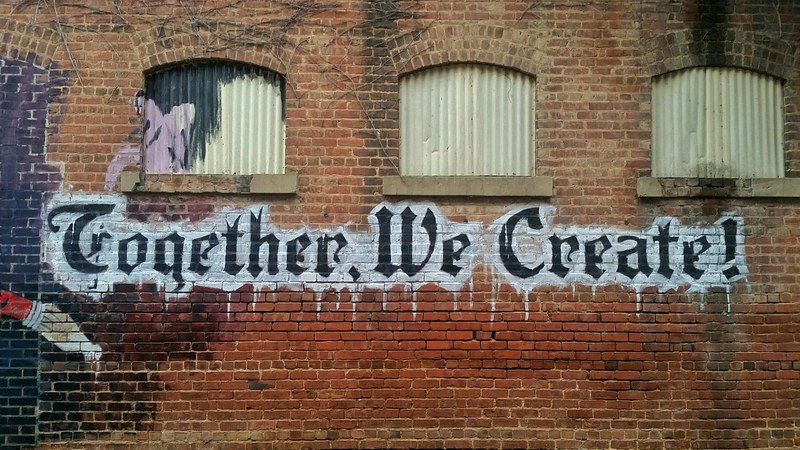
Preventing Polarization in your Association
All the skills of communication, conflict resolution, and collaboration are ways to prevent conflict from escalating into polarization which divides a community. However, it is important to pay attention for warning signs because polarization can be so damaging.
This is the twelfth article in a series on collaboration and conflict resolution. Read the introduction to the entire series here.
Polarization Defined: A state of hostility, antagonism, and conflict between individuals, groups, or factions. This state can easily become a damaging injury which will, if untended, fester and infect an entire social structure (neighborhood, workgroup, family, organization). As each side takes action, consciously or reactively, to promote or defend its interests and 'territory' against the other, consequences can hurt non-aligned stakeholders and weaken the whole social fabric.
There are definite negative trends in civic life and public discussion in the US away from civility and unity toward division and disrespect. We see it most clearly at a national level and in the media. However, it also arises in cities and neighborhoods. Many of the articles in this series are about positive behaviors that encourage civility, respect, and constructive conversations in your neighborhood association meetings.
As a leader, do not underestimate the importance of these skills and habits. Be vigilant for any signs of polarization in your neighborhood as it is something that can grow and spread rapidly. If it does, it can undermine past good work and paralyze an association’s ability to address important issues for the common good.
Signs of Polarization
The 'fog of war' that confuses or blinds in military conflict is also a reality in social and group conflict waged with different forms of power. In a polarized climate, perception is often distorted by the weight of powerful emotions (anger and fear), moral righteousness, arrogance, and diminished capacity for clear thinking and consideration of other points of view. As each side identifies with its sense that it is being harmed or victimized by the other, these competing, mutually exclusive stories of victimhood form the moral basis for a continued state of 'war.'
Polarized actions and communication between people have three characteristics.
- Volatility: Common interactions without any controversy can unpredictably and rapidly deteriorate into anger and aggression, with either side, or both, reacting with intensity to a real or perceived provocation. For this reason, adversaries often choose to avoid each other. However, the absence of effective, direct communication channels usually increases the level of suspicion and mistrust, and intensifies the polarization dynamic.
- Suspicion: Motives are always suspect. Adversaries tend to perceive actions, words, and events in a way that is consistent with the existing story about "who they are and how they treat us." For example, a peaceful gesture becomes "a trick to manipulate us to their advantage." An honest question that could represent a small first step to talk with each other becomes a "sign of disrespect" or a "personal attack."
- Oversimplification: Multi-faceted issues turn into us versus them. Complex human beings become a simplified stereotype ('jerk', 'bully', 'egomaniac', 'slacker', 'freeloader', 'ingrate', 'racist', 'tyrant', 'victim').
Strategies to Combat Polarization:
Proactive strategies to counter these powerful patterns are straightforward, but can be challenging to implement. Courage and perseverance over time are usually necessary to overcome likely resistance and recover from any setbacks.
- Improve communication channels and create forums for dialogue. (See Article 2)
- Use guidelines and neutral facilitation to maintain respectful interaction. (See Article 9)
- Take opportunities to build a working level of trust. (See Article 7)
- Strengthen the non-polarized middle ('third side'). Encourage others who do not identify with any side to become more active as bridge-builders, voices of moderation, and advocates for stakeholders at risk.

